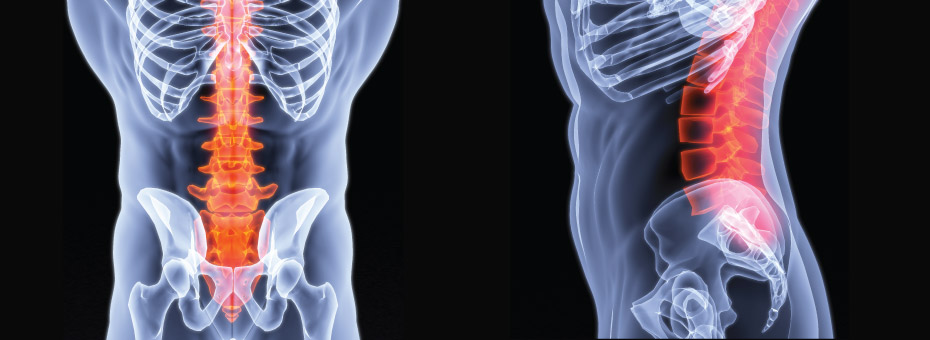If you have ever experienced a migraine headache, you’re not alone. In the United States, more than 38 million people suffer from migraines. Some migraine studies estimate that 13 percent of adults in the U.S. population have migraines, and 2-3 million migraine sufferers experience chronic episodes.
Many people rely on medication for pain relief, and try to avoid things that trigger the onset of of a migraine. There are certain foods that doctors advise on avoiding, and although it works for some people, it doesn’t work for everyone. Unfortunately, there isn’t a rule of thumb for preventing migraines. All sufferers are not created equal, and their triggers and environmental factors may vary. What might affect one person may not make a difference to another.
Food ingredients that can trigger a migraine
However, being aware of potential triggers, especially within food and drink, can make a huge difference in the number of attacks one experiences. Consider these ingredients and foods:
Tyramine
Found naturally in some foods, this substance is formed from the breakdown of protein as foods age. A good rule of thumb is that the longer a high-protein food ages, the higher its tyramine content. So what foods have tyramine? Aged cheeses, such as Blue Cheese, Brie, Cheddar, Feta, Gorgonzola, Mozzarella, Muenster, Parmesan, Stilton, and Swiss, and other processed cheese often contain tyramine. It’s also in many processed meats, such as hot dogs, sandwich meat, bacon and ham. Soy products (think: soy sauce, tofu, tempeh and miso), as well as olives, pickles, sauerkraut, dried fruit, red wine and beer also have this substance. And even certain fruits, like bananas and avocados, can have high levels of tyramine once they’ve become overripe.
Alcohol
Alcohol increases blood flow to your brain, which can cause a migraine – regardless of the tyramine content mentioned above. Red wine, beer, whiskey and champagne seem to be some of the commonly identified culprits.
Tannins
These are the plant compounds that give foods an astringent taste. The compounds can be found in tea, red-skinned apples and pears, apple juice and cider and red wine. Other foods with high tannin levels include apricots, blackberries, cantaloupe, grapefruit, guava, honeydew, lemons, limes, oranges, pears, and pineapples. When a fruit ripens, tannins decrease, and the fructose levels increase – a process that makes it sweet. Generally, you find most of the tannins in the skin of the fruit.
Caffeine
This is a tricky one, because caffeine can be both a trigger and treatment for migraines. However, if you know you’re sensitive to caffeine, avoid chocolate, coffee, soda and tea – even the decaffeinated kind, because it still contains small amounts of caffeine.
Other potential migraine triggers
These can be artificial sweeteners (such as aspartame), foods that contain MSG and some preservatives, including sulfites and nitrates. Be sure to read all food labels closely to see if any of these are listed in the ingredient panel.
Tracking Migraine Triggers
Because there is so much variety in what can be triggers among the millions of people who experience migraines, many of the foods identified above have been have been discovered anecdotally, you may not experience a migraine if you eat these foods. Track your daily food intake to determine what your personal triggers may be. There are apps that you can download to your smartphone, such as Migraine Buddy, Headache Tracker, and Migraine Monitor. You can also keep a food journal with pen and paper.
Some headaches can be quite intense. If you’re unsure about whether you are experiencing a migraine or a different type of headache, talk to your doctor. Chiropractic care can often help alleviate the symptoms of the different types of headaches, and a good Chiropractic Physician can help identify and ameliorate the triggers that are causing you pain.





